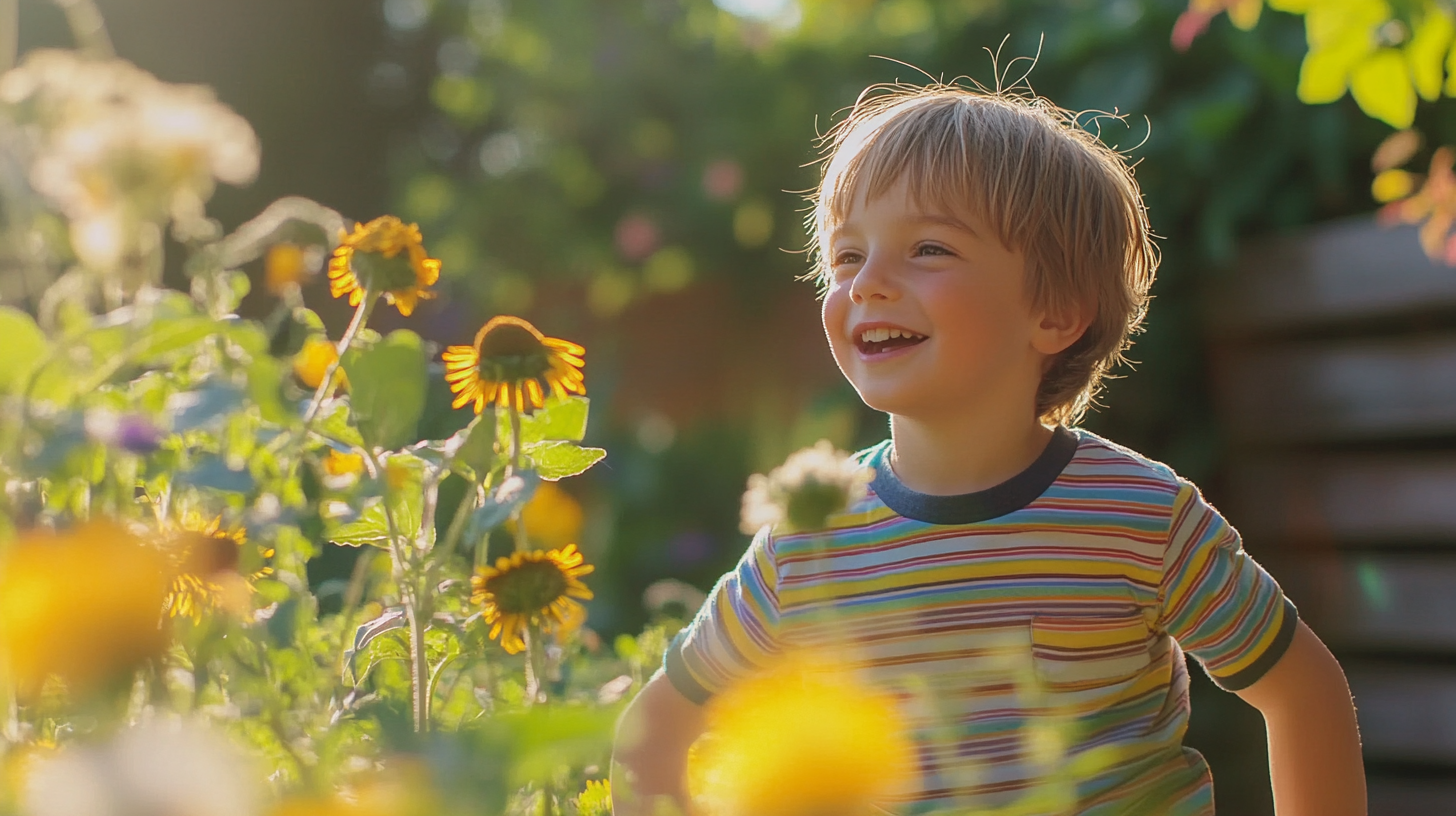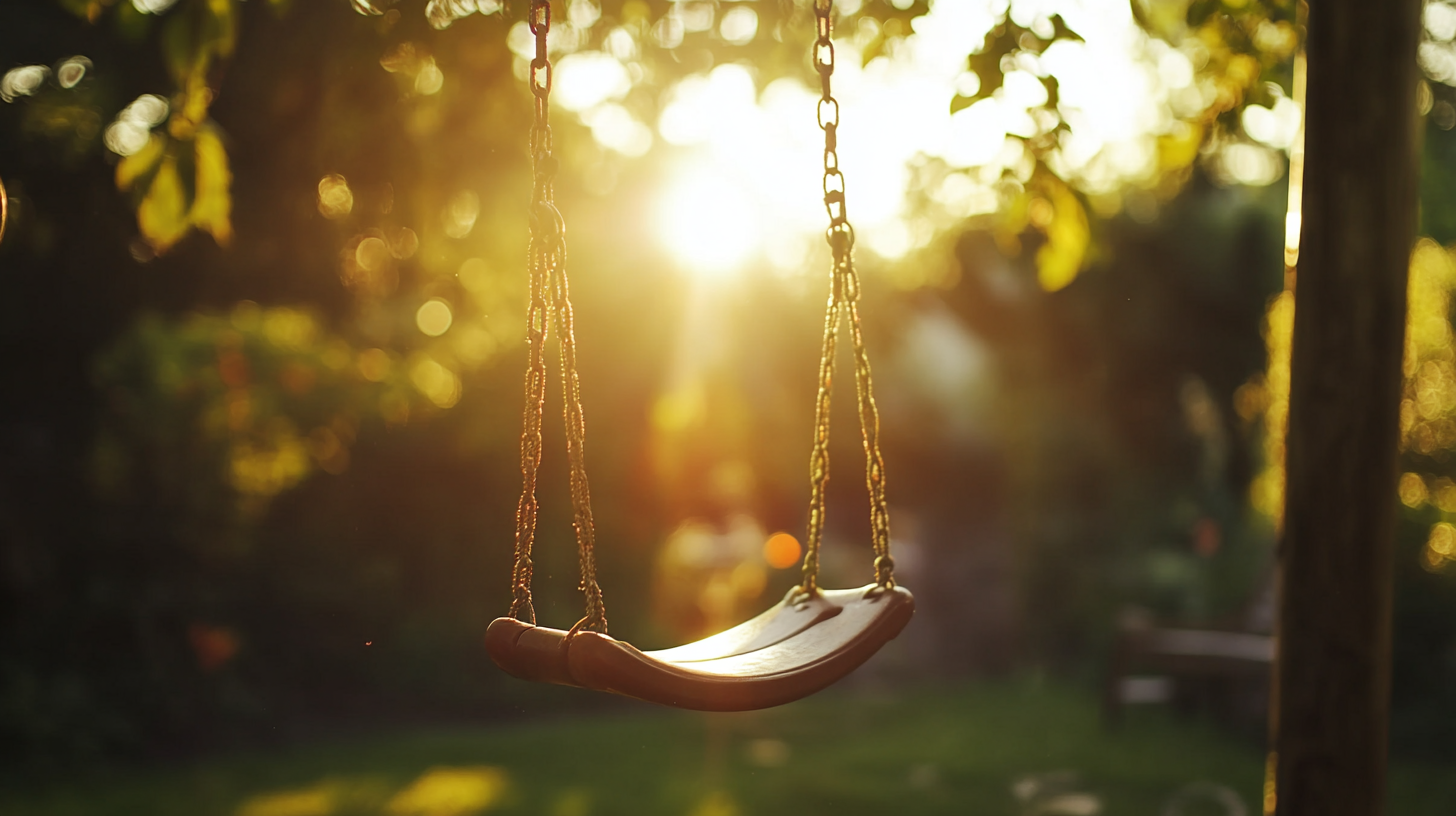
Inquiry
Form loading...
Choosing the right Garden Playing Equipment is crucial for fostering children's physical and social development, as well as encouraging outdoor play. According to a 2021 report by the Outdoor Foundation, approximately 70% of children in the United States spend less time outdoors than previous generations, leading to a growing concern about their physical health and well-being. Furthermore, a study by the American Academy of Pediatrics highlights that unstructured outdoor play is essential for developing creativity, problem-solving skills, and social interactions. However, with the abundance of options available, selecting the appropriate equipment can be overwhelming for parents. By understanding the essential factors such as safety, age appropriateness, and durability, caregivers can create an engaging and safe environment that promotes active play. This blog will provide seven essential tips to guide you in choosing the right Garden Playing Equipment, ensuring a fun and beneficial outdoor experience for children.

When it comes to selecting garden play equipment, understanding the importance of age-appropriate choices cannot be overstated. Children develop at different rates, and their play equipment should reflect their physical, cognitive, and social abilities. For younger children, equipment that is too complex can lead to frustration and accidents, whereas older children might seek more challenging structures that encourage skill development and teamwork.
Age-appropriate play equipment fosters a safe environment where children can explore and learn. For toddlers, soft surfaces and simple designs enable them to experiment with balance and coordination without the risk of serious injury. As children grow, introducing more complex climbing structures or interactive games can not only enhance their physical strength but also their ability to interact with peers. This adaptability in play equipment supports healthy growth and development, ensuring that playtime remains both enjoyable and safe for children of all ages.

When choosing garden play equipment for children, evaluating the materials used and adhering to safety standards should be your top priority. First, consider the types of materials. Opt for sturdy, non-toxic, and weather-resistant substances like high-quality plastics and treated wood. These materials not only ensure durability but also enhance safety by reducing the risk of splinters or breaks that could lead to injuries during playtime.
Safety standards play a crucial role in selecting the right equipment. Look for products that meet recognized safety certifications, such as those provided by the American Society for Testing and Materials (ASTM) or the International Organization for Standardization (ISO). These certifications are indicators that the equipment has undergone rigorous testing to ensure it can withstand the rigors of outdoor play while keeping children safe. Additionally, check for features like rounded edges, non-slip surfaces, and appropriate height clearances to further minimize risks. By being diligent in examining both materials and safety standards, you can create a fun, secure outdoor play environment for your children.
Active play is crucial for a child's development and well-being, serving as a fundamental building block for physical, emotional, and cognitive growth. According to the American Academy of Pediatrics, children need at least 60 minutes of moderate to vigorous physical activity daily to maintain their health and development. Active play enhances motor skills, encourages social interaction, and helps kids learn problem-solving skills as they navigate various play environments.
Engaging in outdoor play not only benefits physical health but also significantly contributes to mental well-being. A study published in the Journal of Environmental Psychology found that children who engage in regular outdoor play exhibit lower levels of stress and improved mood. Moreover, active play has been linked to better academic performance, as physical activity increases blood flow to the brain, promoting enhanced concentration and cognitive functions. Therefore, selecting the right garden play equipment becomes paramount. Opting for equipment that encourages diverse forms of play—such as climbing, swinging, and balancing—can stimulate children’s imaginations and support their holistic development.
This pie chart illustrates the distribution of preferences for various types of garden playing equipment among children. Each segment represents the percentage of children who prefer specific equipment that supports active play, which is essential for their development and overall well-being.
When choosing the right garden playing equipment, the decision often boils down to balancing cost and quality. In today’s low interest rate environment, consumers may feel pressured to seek budget-friendly options. However, investing in high-quality equipment can provide long-term benefits that extend beyond immediate financial savings. Just as insurance companies face challenges in asset-liability management under persistent low returns, buyers must consider the long-term viability of their purchases. Durable and safe equipment may require a higher initial outlay, but the potential for lower maintenance costs and enhanced user enjoyment makes it a wise investment.
Moreover, the recent initiatives from China's regulatory bodies, focusing on return-oriented investment, underline the importance of prioritizing quality over quantity. Similarly, when selecting garden playing equipment, looking for products that promise not only safety and functionality but also satisfaction among users can lead to a more rewarding experience. Just as asset managers strive for an optimal configuration under various market conditions, consumers should evaluate available options through a lens of long-term value, ensuring that every dollar spent contributes to an enriching outdoor experience for children.
| Tip | Cost Consideration | Quality Indicators | Long-term Benefits |
|---|---|---|---|
| 1. Assess Your Budget | Determine how much you can spend | Check for durable materials | Avoid frequent replacements |
| 2. Prioritize Safety | Safety shouldn’t be compromised | Look for safety certifications | Peace of mind for parents |
| 3. Check Warranty Options | Consider long-term investment | Reliable brands offer longer warranties | Financial protection against defects |
| 4. Research Materials Used | Higher quality materials may cost more | Weather-resistant options | Longevity and reduced replacement costs |
| 5. Consider Space Availability | Don’t overspend on items that won’t fit | Compact and multifunctional designs | Maximize the use of your garden space |
| 6. Age Appropriateness | Select equipment that suits children’s age | Age-specific safety features | Encourages safe play |
| 7. Read Customer Reviews | Learn from other buyers' experiences | Highlight common issues and strengths | Informed decision-making |
When it comes to creating the perfect garden play area, incorporating multi-functional equipment can significantly enhance both space utilization and playtime. Rather than crowding the yard with various standalone items, opt for equipment that serves multiple purposes. For instance, benches that double as storage for toys or planter boxes that can also function as seating create a more inviting and organized environment for children.
Consider equipment that promotes various types of play and learning while fitting seamlessly into your garden design. Climbing structures with slides can also feature an integrated sandbox underneath, providing endless fun and encouraging imaginative play. Additionally, incorporating items like a swing set with a built-in climbing wall or a picnic table that houses games can keep kids entertained for hours while ensuring that your garden remains a delightful and functional space. This thoughtful approach not only maximizes your outdoor area but also fosters creativity and active play in a cohesive way.

